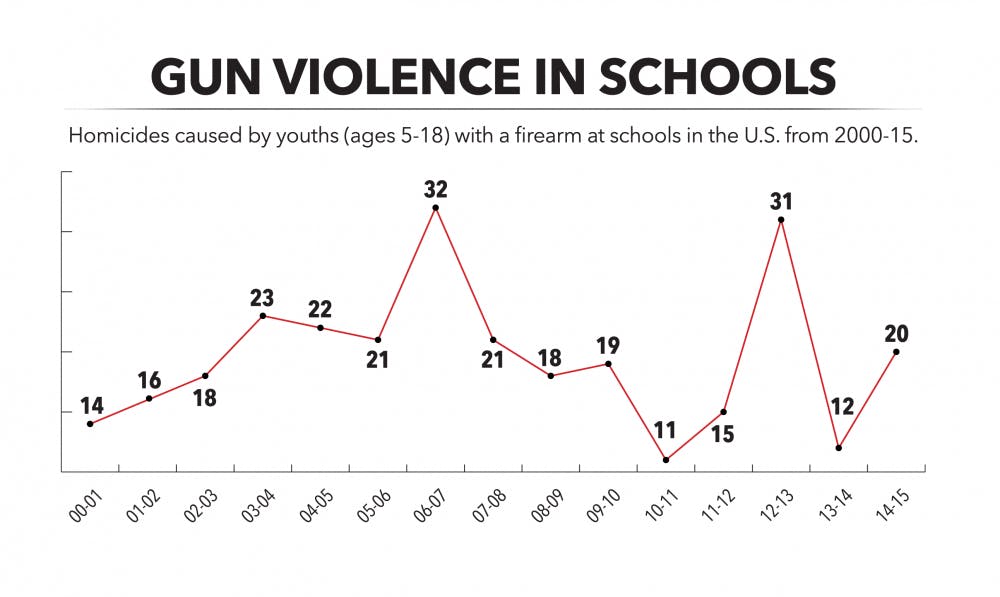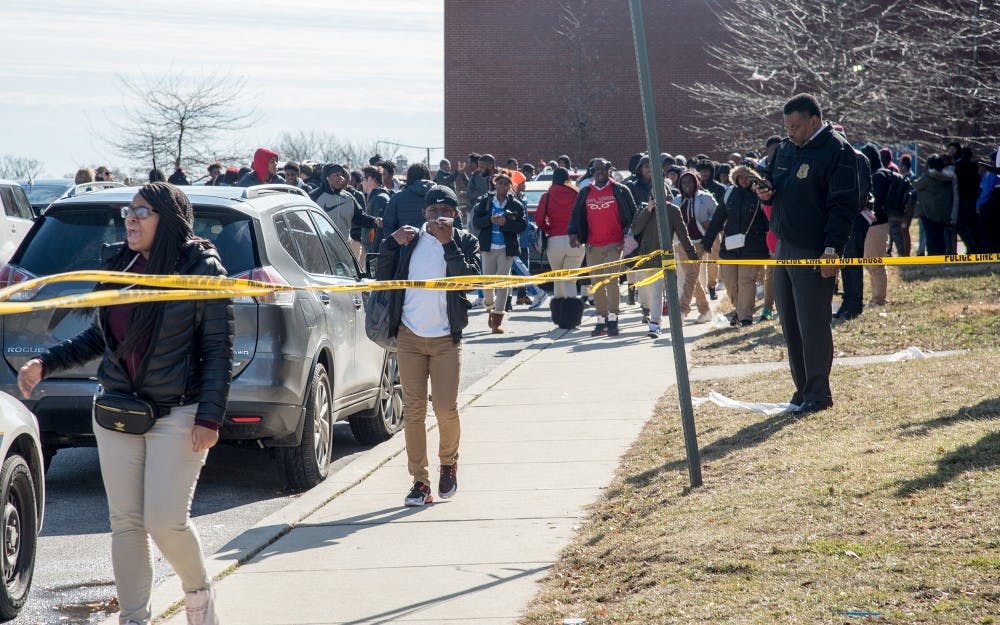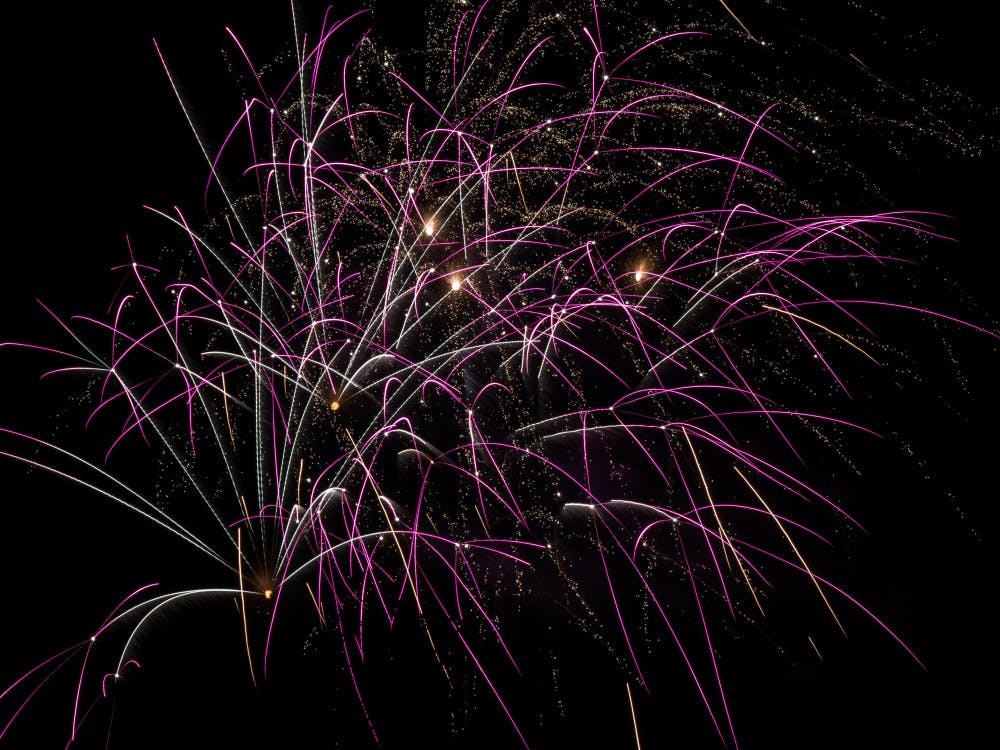The start of the 21st century has seen a rise in death or injury due to mass school shootings, according to a report from ScienceDaily. The National Center for Education Statistics shows more schools have also implemented security and safety measures.
Research done by Jagdish Khubchandani, associate professor of health science, and James Price, professor emeritus of health education and public health, however, indicates these preventative measures at schools may not be worth the cost.
The study was a review of research and statistics on school firearm violence to see if the sometimes costly protective measures actually cut back on firearm violence. The two professors searched Google Scholar, CINHAL and PubMed for data on firearm violence from youths in and outside of schools, according to the study.
After concluding his research, Khubchandani said Price and he found that the safety practices used by American schools today are “a reaction and not [a] precaution.”
“The school systems have issues with teachers and funding, and those are big structural issues that have to be addressed,” Khubchandani said. “Then we need to invest on counselors, mental health service providers and teachers.”
One of the more common preventative measures is having armed personnel at schools, normally a police officer, Price said. He added that the average salary for a police officer on school five days a week is roughly $35,000 to $45,000.
“Virginia Tech was a college that was attacked, [which] had plenty of police officers on campus that day, that did not stop the shooter from killing 32 students and teachers,” Price said.

Source: School Firearm Violence Prevention Practices and Policies: Functional or Folly? by James Price and Jagdish Khubchandani; Elliott DeRose, DN
Jim Duckham, director of public safety Ball State, said the police officers at schools are more than just armed guards for the students, but rather a member of the community.
“If you're in that school every day, and you get to see a kid every day, and all of a sudden you see a dramatic change, he's become isolated or you see hygiene issues, you notice these things,” Duckham said.
According to the study, there are eight “key stakeholders” for firearm violence prevention: gun rights groups, the general public, gun control groups, students and parents, physicians and healthcare professionals, law enforcement officials, policy makers and school personnel and administrators.
“What is really missing is the communication with the parents, the schools, the children [and] the law enforcement,” Khubchandani said. “We believe that until and unless you have your own customized community solution in consensus with the community stakeholders, you cannot be successful in solving a problem.”
The study suggests that instead of preventing youths that possess firearms, the primary prevention measure against firearm violence for youths with firearms is Child Access Prevention (CAP) laws. According to a summary of state CAP laws, Indiana is one of the states “Preventing Persons from Intentionally, Knowingly and/or Recklessly Providing Firearms to Minors.”
Price said the issue isn't spending “tens of millions of dollars to combat young people that have access to firearms.”
“I think we need to look at a real preventive mechanism. And that is in most cases [is] going to be things like universal policy,” Price said.
One example of a preventative measure would be creating a law to ban access of high-capacity magazines, meaning the shooter would fire less shots before reloading, Price said. Another example he gave was limiting access to military style assault rifles.
On the subject of suicides by firearms at schools, he said not properly locking up weapons in the home creates an “attractive hazard” for youth who are considering suicide. Price also said money should be put towards mental health services at schools, due to its convenience for youths.
“They don't go to a psychiatrist office, which is often hard to get into and expensive,” Price said. “So, the convenience of having adequate mental-health services in schools is critically important to getting youth [the] services that they need, so that they don't move towards either firearm homicides or suicide."
Duckham said prevention is important to be able to identify possible threats before they happen, as well as training for when the attacks occur.
“I think all those prevention efforts that they talk about are really, really important. But also think we have to be realistic and if we're the police department we have to train if something does happen. We have to be ready to react,” Duckham said.
Contact Charles Melton with comments at cwmelton@bsu.edu or on Twitter @Cmelton144.





